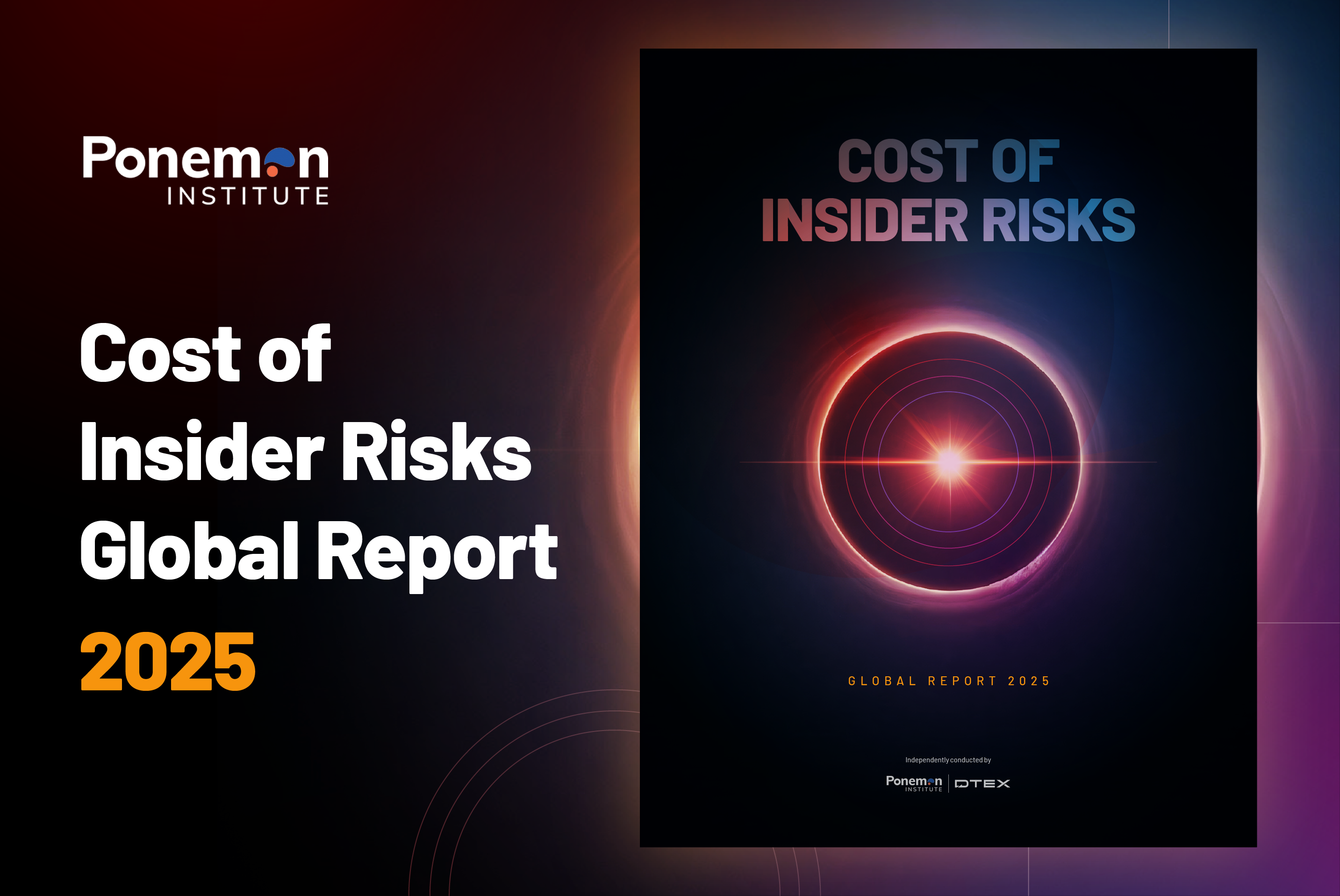In cybersecurity, few distinctions are more misunderstood or more important than the difference between insider risk and insider threat. The difference comes down to one word: intent.
- Insider risk involves unintentional, non-malicious actions that create the potential for harm.
- Insider threat involves intentional, malicious actions that seek to cause harm.
While every insider threat begins as an insider risk, not every insider risk becomes a threat.
Recognizing this distinction helps teams prioritize early intervention and proportionate responses in support of a trusted and protected workforce.
What is insider risk?
Insider risk is the possibility that people with legitimate access unintentionally create exposure. It spans executives, contractors, developers, and frontline staff, and reflects normal human behavior in complex, fast-moving environments.
Crucially, insider risk does not imply malicious intent. As MITRE’s taxonomy highlights, insider risk is human in nature and falls into three broad types:
- Negligent insiders — lapses in following policy or process, often under time pressure or due to convenience. Example: storing sensitive client records in an unauthorized cloud folder to work faster.
- Mistaken insiders — well-intended people make understandable errors. Example: accidentally sending confidential pricing documents to the wrong external recipient.
- Outsmarted insiders — individuals are tricked, coerced, or socially engineered. Example: a convincing spear-phish elicits credentials that attackers then use for lateral movement. Some practitioners describe this as exploiting “human zero-day” gaps.
What is an insider threat?
Insider threats are the malicious subset. These actors know what they are doing and seek to benefit themselves — financially, politically, or emotionally — at the organization’s expense.
Common examples include intellectual property theft, system sabotage, and cyber espionage.
Because intent is harmful and purposeful, these scenarios call for swift detection, containment, investigation, and — when appropriate — legal action.
What is insider risk management, and why is it needed?
A successful insider risk management program does more than monitor activity — it provides context, aligns responses with the realities of human behavior, and builds trust across the workforce.
The hallmarks of a strong program include:
- Cross-functional alignment and executive support — ensuring that security, HR, legal, and business leaders share responsibility. Executive sponsorship elevates insider risk management beyond a technical project to an organizational priority, enabling consistent policy, governance, and culture.
- Behavioral intelligence — establishing visibility into “normal” user activity and surfacing anomalies in context, so teams can distinguish meaningful signals from background noise. This moves security away from chasing alerts toward understanding behavior.
- Contextual understanding — looking at why activity occurred, not just what occurred. By understanding pressures, mistakes, or external influence versus deliberate misuse, organizations can avoid overreacting while still catching early indicators of malicious intent.
- Proportionate response — ensuring the response matches the situation. Non-malicious risks can often be addressed with awareness campaigns, process changes, or just-in-time training, while malicious behaviors require rapid escalation, investigation, and containment.
- Privacy and trust — embedding privacy and transparency into the culture and program. Employees should know what is monitored and why. Programs built on fairness and accountability strengthen trust and reduce the perception of surveillance.
Taken together, these elements make insider risk management a proactive security strategy — one that reduces the likelihood of risks escalating into breaches while reinforcing organizational resilience and culture.
Why intent should guide strategy
Intent is the dividing line that keeps programs balanced. Treating all risky behavior as malicious can create unnecessary friction and fatigue; treating malicious actions as mere mistakes can leave critical gaps. A program that explicitly separates insider risk (negligent, mistaken, outsmarted) from insider threat (malicious acts such as IP theft, sabotage, and espionage) adapts controls to the context and improves outcomes for people and the business.
The bottom line for security, risk, and HR leaders
Insiders are central to how modern organizations operate — and that’s precisely why clarity on risk versus threat matters. By making intent the foundation of policy, detection, and response, leaders can build a proactive insider risk management program that reduces exposure, detects early warning indicators, and deters harmful behavior before they escalate into security incidents — all while preserving privacy, trust, and productivity.
To learn more about insider risk management and how DTEX is enabling companies to proactively prevent insider threats, contact DTEX.






